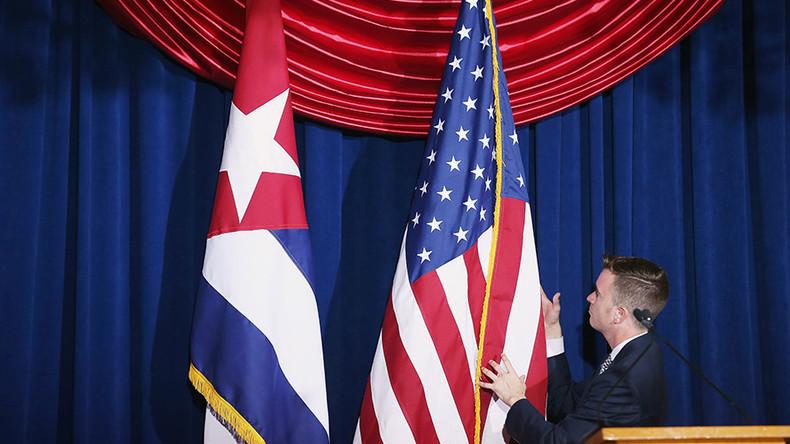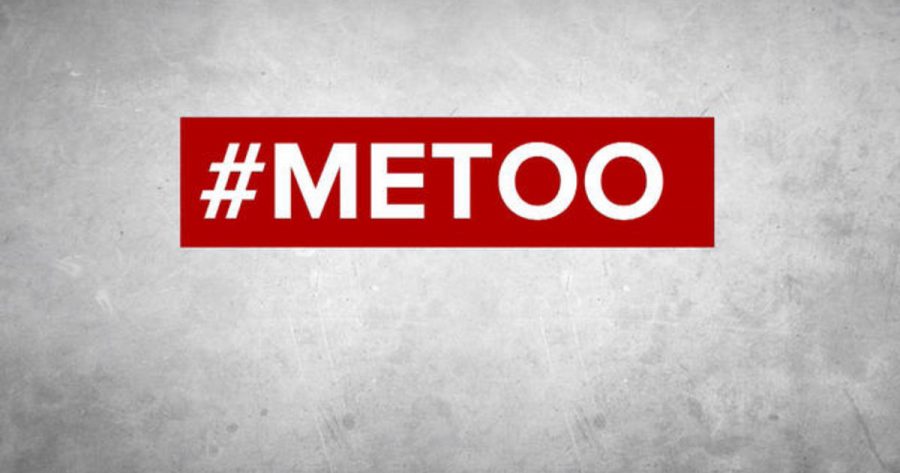By Nicole Veneto
Contributing Writer
Among Halloween, Simmtober, and that sweet four-day weekend in time for midterms, October is a fairly jam-packed month. But a proclamation by President Obama now formally recognizes October as National Domestic Violence Awareness Month, marking another step towards expanding the nation’s discussion of intimate partner violence.

Since the passage of the Violence Against Women Act in 1994, significant progress has been made in addressing gender-based violence (including sexual assault, domestic/dating violence, stalking, and exploitation).
The act’s renewal in 2013 extended protections and prevention measures to survivors on college campuses, women in Native American communities (where rates of violence against women exceed those of other ethnicities), and prohibited discrimination based on sexual orientation and gender identity in response resources and services (Futures Without Violence and Whitehouse.gov).
Despite the progress, national statistics indicate that continued efforts must be made to address intimate partner violence. While women between the ages of 18-24 are most commonly abused by an intimate partner, between one in four and one in seven men will also be abused by an intimate partner in their lifetime, according to the National Coalition Against Domestic Violence. And these statistics don’t account for transgender and gender nonconforming individuals.
Furthermore, the definition of domestic violence itself is often misunderstood as physical violence only. Domestic violence, as a systematic pattern of power and control by an abuser, can also include psychological, verbal, and emotional abuse, etc.
These facts are only part of a larger problem calling for greater education around and protections from intimate partner violence. We not only must continue to recognize October as a month for domestic violence awareness, but extend our conversation of domestic violence across the different intersections of identity.

















